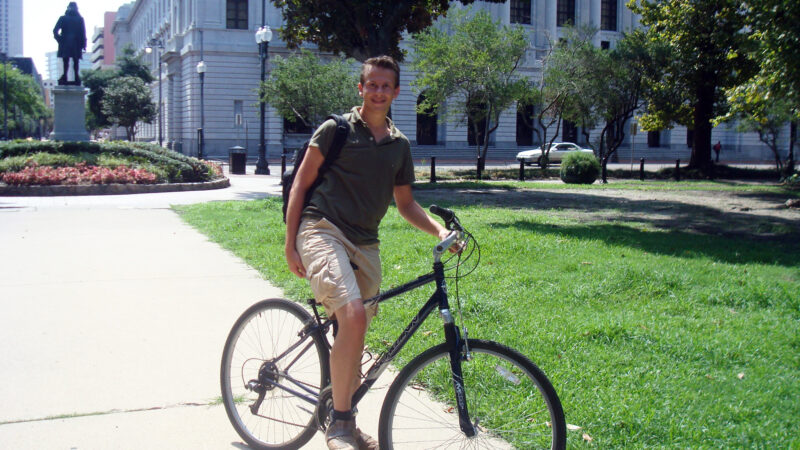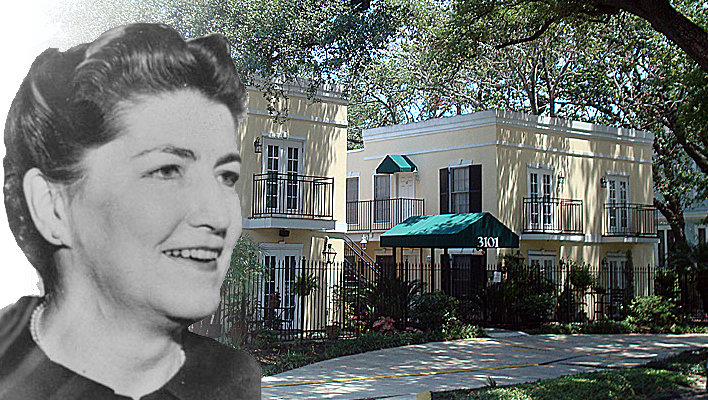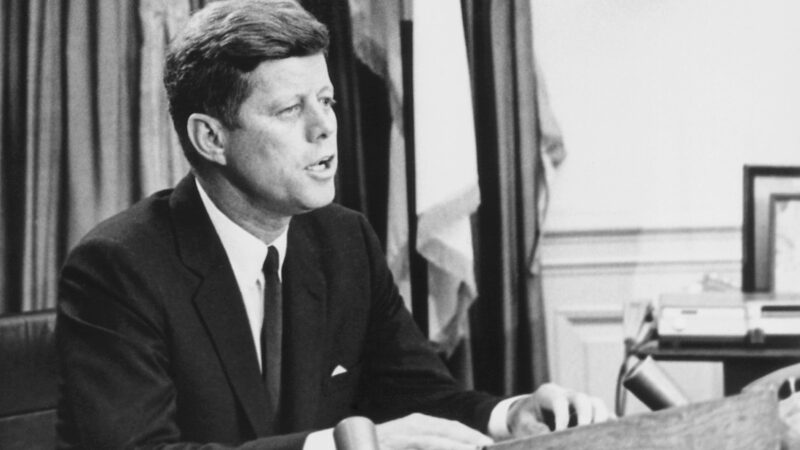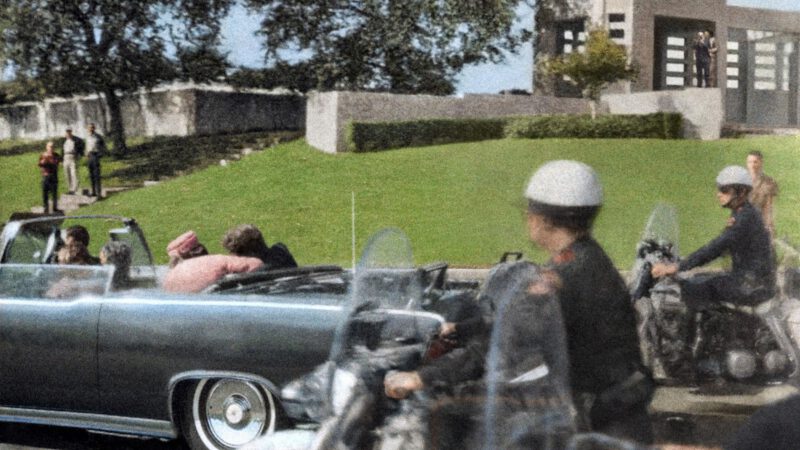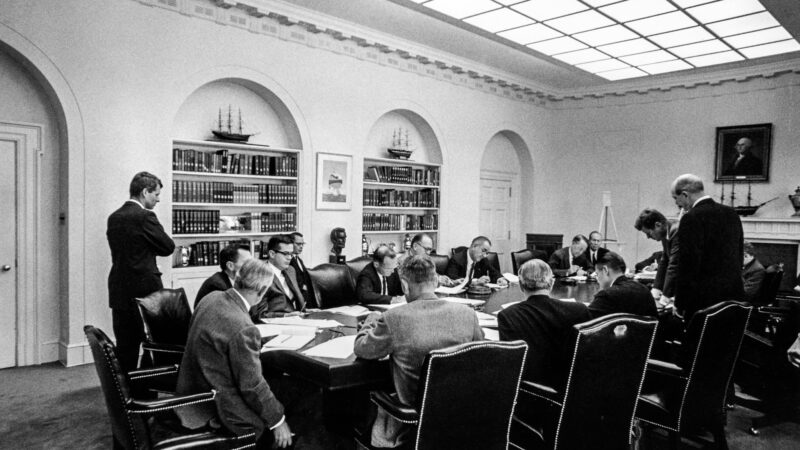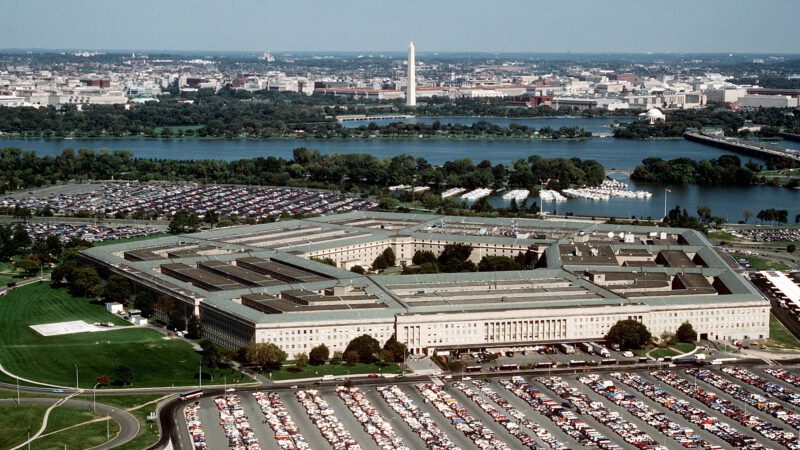Curious circumstances on November 22
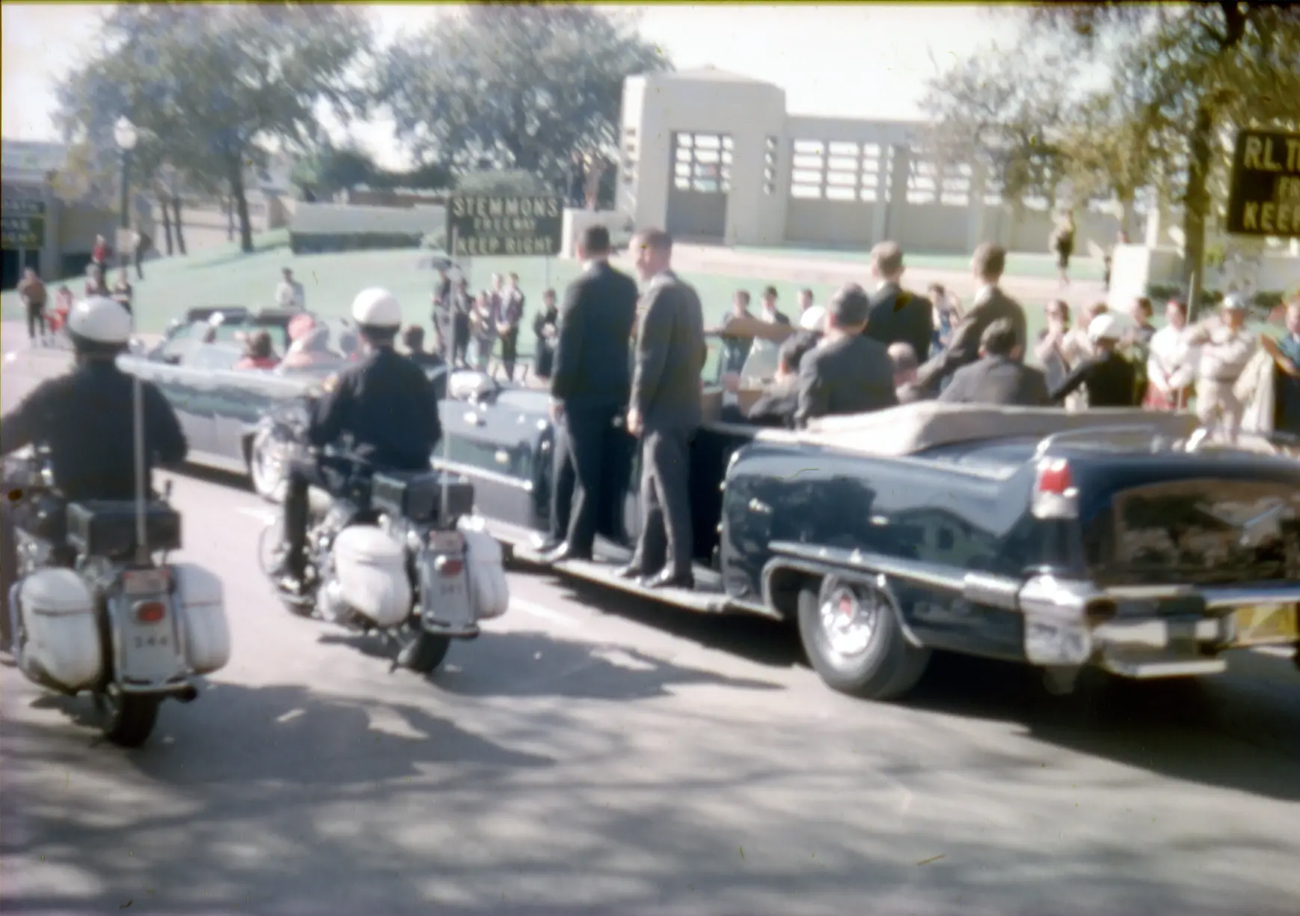
At exactly 12:30 PM, John F. Kennedy was assassinated, according to the Warren Commission, from the fifth floor of the schoolbook depository. Oswald was seen by various people in the cafeteria of that building on the ground floor and the first floor until about 12:15. He drank a bottle of cola there. Colleague Bonnie Ray Williams did have lunch on the infamous fifth floor until 12:15, and he did not see Oswald upstairs during that period. Is it realistic that a man about to assassinate the president would calmly take a break in the cafeteria, four floors below the spot from which he is supposed to shoot? Additionally, JFK’s ride through Dealey Plaza was scheduled for 12:25; the ride was delayed by five minutes. However, Oswald could not have known this at the time. So, he had only ten minutes at the moment when he calmly consumed his soft drink downstairs. Did he then really rush upstairs to fire the fatal shots? One would expect more careful planning for a premeditated murder.
Several people saw individuals on the fifth floor while waiting outside the schoolbook depository for the presidential motorcade. At least one of those individuals was seen with a large firearm. Due to street circumstances, the exact times when these men were observed could be determined: between 12:15 and 12:29. It was said to be a white and a black man, and multiple witnesses independently testified to this. The two men were also seen by various prisoners. From their cells in the Dallas County Jail, on the other side of Houston Street, they had a perfect view of the sniper’s nest in the schoolbook depository. The waiting spectators on the street thought they were police officers, so there was no need to alert authorities on the street. However, no officer entered the building before Kennedy’s murder. The Warren Commission misinterpreted some of these testimonies, and another part of the statements was even ignored. Again: Oswald was calmly in the cafeteria on the ground floor when the two ‘officers’ were first spotted at a quarter past twelve.
After the assassination, an Italian precision rifle, a Mannlicher-Carcano, was found in the area from which the shots were fired. Through the serial number, the rifle was quickly linked to a pseudonym previously used by Oswald, Alek J. Hidell. According to the FBI, it became clear on the day of the murder that Oswald and Hidell were one and the same: Oswald allegedly had an ID card with his image, bearing the pseudonym. Oswald had the rifle delivered to a mailbox at the Dallas post office he rented under the pseudonym. This made it easy to link the rifle to him. However, no postal worker in Dallas could recall ever receiving a package for Oswald or Hidell. No officer remembered finding a card with a completely different name among Oswald’s belongings when he was arrested. Could the FBI have placed that card among Oswald’s belongings to serve as additional evidence? Or was he really so thoughtless as to order a rifle under a pseudonym, have it delivered to a mailbox rented in the same alias, use it to shoot the president, and then, on that particular day, have a card with that false identity in his possession? Especially when, in those days, you could buy a rifle practically on every street corner without identification or inconvenient questions, leaving no trace behind? Officers found some unusable fingerprints on the rifle immediately after the murder. Later, they suddenly became clear and were linked to Lee Harvey Oswald. However, the prints were not found near the trigger or in other logical places. There were also some fibers from Oswald’s shirt on the weapon – fibers from the shirt Oswald wore when he was arrested in the theater. This, too, cannot be explained: Oswald changed into a different shirt after the murder and before his arrest at home. Finally, the rifle Oswald had ordered was about a decimeter smaller than the one found in the schoolbook depository. In short, everything indicated that there was tampering with the evidence.
Various statements were made about Oswald’s marksmanship abilities. The Warren Commission report included various scorecards from his training. In the military, he was sometimes an excellent marksman on the firing range, but just as often, he performed well below the standard. In the Soviet Union, he never managed to hit his target while hunting. Also, the shot at General Walker in April 1963 completely missed – even though the man sat in front of a huge window in a well-lit room. How realistic was it, then, that Oswald fired three shots on November 22, 1963, two of which were effective, at a target moving toward him, within about six seconds, with a poor sight and a tree in his field of vision? The time for loading the sniper rifle and aiming at the president is particularly tight. There has not been a single sharpshooter who imitated Oswald after that Friday…
One shot missed completely, that is a fact, and the last shot was the fatal shot, penetrating JFK’s head. That leaves one bullet. How is it possible that both JFK and the governor, sitting in front of him, were wounded in multiple places? The commission had to accept the theory around this bullet, which had to change directions several times to cause all the injuries, if they wanted to continue believing in a single shooter. How is it that the one bullet, quickly renamed the ‘magic bullet,’ which apparently pierced various organs, was later found almost intact on a stretcher in Parkland Hospital? Several members of the Warren Commission and President Johnson later stated that they were far from convinced of this.
And why was it that on the acoustic evidence, two shots were heard one after the other, with so little time between them that reloading was not possible? Was there possibly a second shooter after all? Did the president’s head move so sharply backward at one point when he was hit, instead of the more logical movement forward with a bullet impact from behind? Was that because he may have been shot from the front as well? And finally, if Oswald was acting alone, why didn’t he shoot at the president when the limousine was driving toward the schoolbook depository on Houston Street? Aiming at a target approaching you is much easier than shooting at something moving away from you… In that case, Oswald would have had much more time to get the job done. Why did he wait until his target was on Elm Street, near the grassy knoll, which became famous after the murder?
Then the moments right after the murder. Kennedy was rushed severely wounded to Parkland Hospital. Agent Marrion Baker heard from someone on Dealey Plaza that the shots might have come from the schoolbook depository, so he quickly ran into that building. There he found manager Roy Truly. Together they ran to the first floor. There, according to Truly and Baker, Lee Harvey Oswald stood entirely calmly with a bottle of cola. Truly identified his employee, and the two continued their way upstairs. This moment occurred 74 to 90 seconds after the murder. Is it realistic that Oswald could put away his rifle, pick up three shells neatly from the floor, run from the fifth to the first floor over the stairs, and then take a bottle of cola from the vending machine, calmly taking a sip when an approaching officer kicked open the door?
The time afterward was also very tight. Oswald left the schoolbook depository, took a bus and a taxi to arrive at his boarding house within half an hour of the fatal shot, three kilometers from Dealey Plaza. He changed into a clean shirt, among other things. Landlady Earlene Roberts later stated that precisely at that moment, a police car with two officers stopped at the boarding house. After honking twice, this unidentified car disappeared. According to Roberts’ statement, he left the boarding house on foot after four minutes, and sixteen minutes later, Oswald would have murdered Officer J.D. Tippit two kilometers away. Researchers like Robert Groden and Anthony Summers argue that Tippit possibly died earlier than the time indicated by the Warren Commission; many other authors do not believe that Oswald had the time to cover all those kilometers in such a short time. The timing is crucial, of course. Would Oswald, in panic, have killed an officer? There are also statements from witnesses talking about two or more fleeing men, but those testimonies are naturally not found in the Warren Commission reports.
Twenty-five minutes later, Oswald was in any case over two kilometers further in the Texas Theatre, where he was arrested at ten to two. It should have been exciting and very exhausting hours for him, but Oswald calmly watched the award-winning film War Is Hell.
Then there is the large group present on Dealey Plaza who heard shots from the bushes at the grassy knoll, the hill that soon became known as the Grassy Knoll. The involved parties also saw some smoke and a flash of light at those same bushes. Shadows were visible in photos, heads of men near the railroad behind the Grassy Knoll. The officers walking behind the wooden fence of the Grassy Knoll before the murder, while no officer had the task of being there. Who were those men and what were they doing there? Why was the autopsy so unprofessional and performed by people who were not authorized for it at all? Why was the limousine so quickly and meticulously cleaned after the murder, destroying essential evidence forever? Why was the road sign on Elm Street, the sign clearly visible in the Zapruder film and in the direct line of the sniper’s nest and the moving limousine, removed so quickly after the murder? Why did so many important figures in the investigations into Kennedy’s death die in unclear ways in the years after the tragedy?
In short, many uncertainties all lead to the same question: how realistic was the conclusion of the Warren Commission that Lee Harvey Oswald was solely responsible for the murder of John F. Kennedy? We can unfortunately forget about adequate answers to this question after the effective shot by nightclub owner Jack Ruby.

